Hypsizygus ulmarius
Scientific name: Hypsizygus ulmarius (Bull.:Fr.) Redhead
Derivation of name: Hypsi means "high" or "on high" and
zygus means a "yoke" Hypsizygus, then, referring to position
of
this mushroom often high in the tree. Ulm- refers to "elm"
indicating one of the
common substrates for this fungus.
Synonyms: Pleurotus ulmarius (Fr.) P. Kumm.
Common name(s): Elm oyster, elm cap
Phylum: Basidiomycota
Order: Agaricales
Family: Lyophyllaceae
Occurrence on wood substrate: Saprobic/parasitic;
solitary
or in clusters of 2s or 3s, occasionally more; on
wounds and old branch scars of living hardwoods,
particularly elm
(Ulmus) and boxelder (Acer negundo);
August through December.
Dimensions: Caps 5-15 cm wide; stipes 5-10 cm long and
1-2.5 cm thick.
Cap: White to buff or tan; sometimes developing a pattern
of cracks with age.
Gills: Attached but not decurrent; whitish, becoming cream.
Spore print: White to buff
Stipe: Whitish; dry; smooth to finely hairy; stout; off-center
to nearly central.
Veil: Absent.
Edibility: Edible.
Comments: The taxonomy of this species has been quite
confused with a number of field guides and web sites
erroneously recording this species as Hypsizygus tessellatus.
H. ulmarius fruitbodies often occur singly or in small
groups (but may
grow in clusters as observed in the
figures on this page) but H. tessellatus is described as
typically growing in dense clusters.
Boxelder is a very
common host for H. ulmarius but not H. tessellatus which
typically grows on aspens, cottonwoods and sugar maple.
H. tessellatus often has a pattern of round watery spots
on the cap
surface whereas H. ulmarius does not. The two
species are readily separated by spore size. Further confusion
exists between
H. tessellatus and Hypsizygus marmoreus.
Some authors consider the two names to be synonymous along
with the name H. elongatipes. Others believe H. marmoreus
is a native
species and H. tessellatus is the name given for a
commercially cultivated version marketed in this country
as Brown Beech Mushroom or as Shimeji.
More information at MushroomExpert.com:
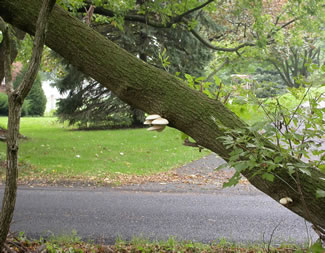
Figure 1. Hypsizygus ulmarius growing from wounds on
a living (although strongly leaning) boxelder. In addition to
the cluster, there is a single specimen closer to the base of
the tree. Photo © Gary Emberger.
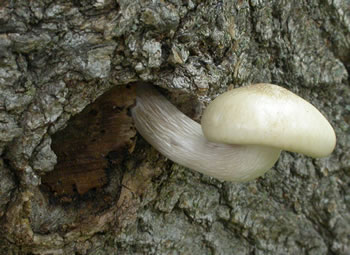
Figure 2.
A single fruitbody (see Figure 1) growing from a
branch scar site.
Photo © Gary Emberger.
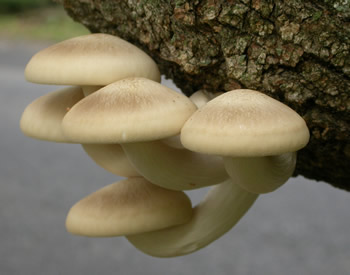
Figure 3. A cluster (see Figure 1) of elm oyster
specimens growing from a branch scar site.
Photo © Gary Emberger.
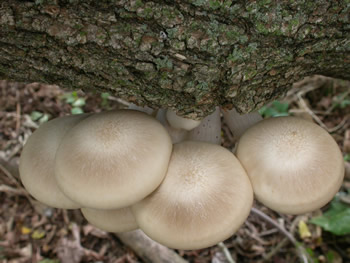
Figure 4. Cap surface view of the cluster shown in
Figure 3.
Photo © Gary Emberger.
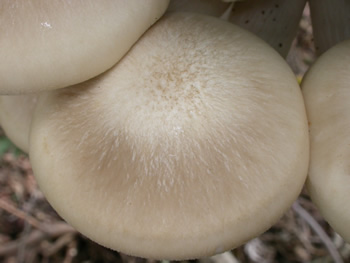
Figure 5. Close up of cap surface of Hypsizygus ulmarius.
Photo © Gary Emberger.
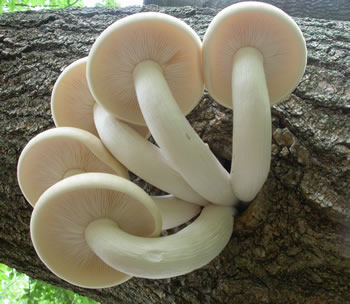
Figure 6. Stipes are nearly central to off-center.
Photo © Gary Emberger.
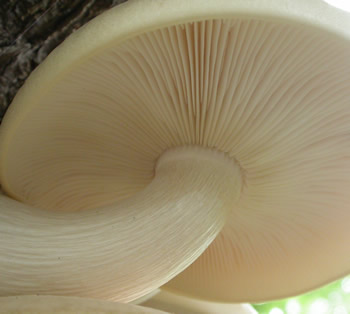
Figure 7. Gills are attached. Photo © Gary Emberger.
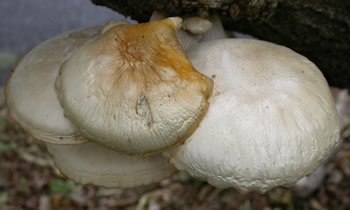
Figure 8. Fruitbodies of this species do not decay rapidly.
The fruitbodies of Figures 8 and 9 were photographed
on October 7. They are the same fruit bodies as in the
Figure 3 photograph, taken on September 19.
Photo © Gary Emberger.
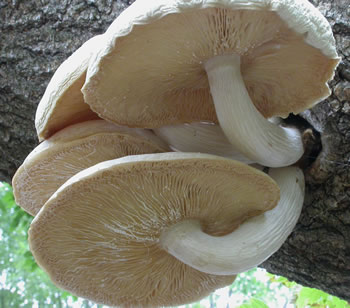
Figure 9. The underside of the specimens shown in Fig. 8.
Photo © Gary Emberger.
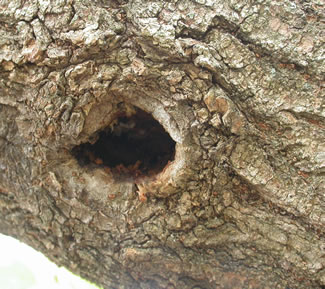
Figure 10. On October 7, the cluster of mushrooms was
removed revealing the branch scar from which they
grew. Photo © Gary Emberger.
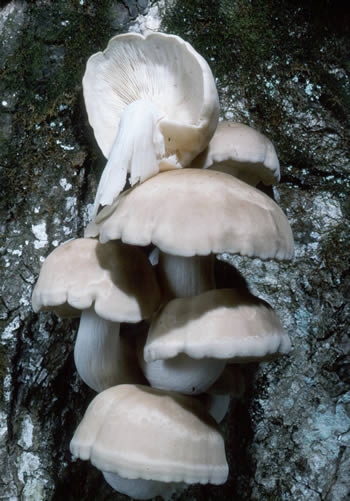
Figure 11. A different cluster of Hypsizygus ulmarius on
the
trunk of a tree.
Photo © William Roody.